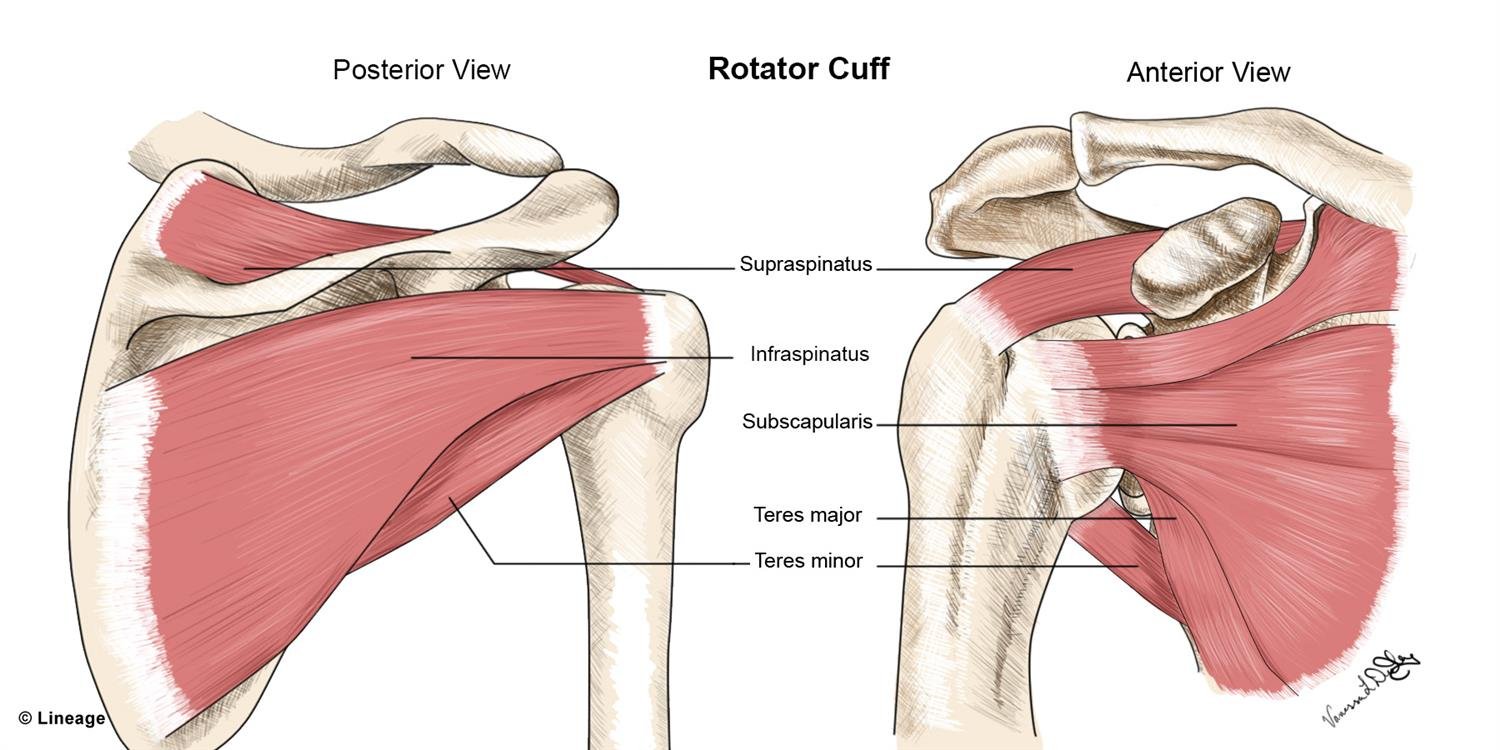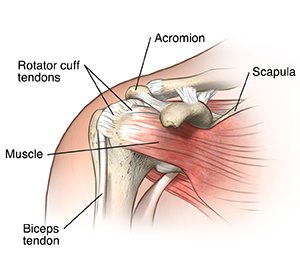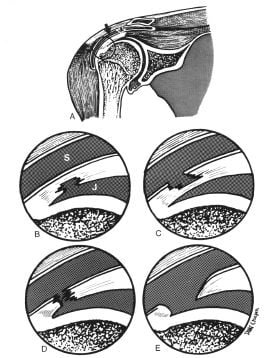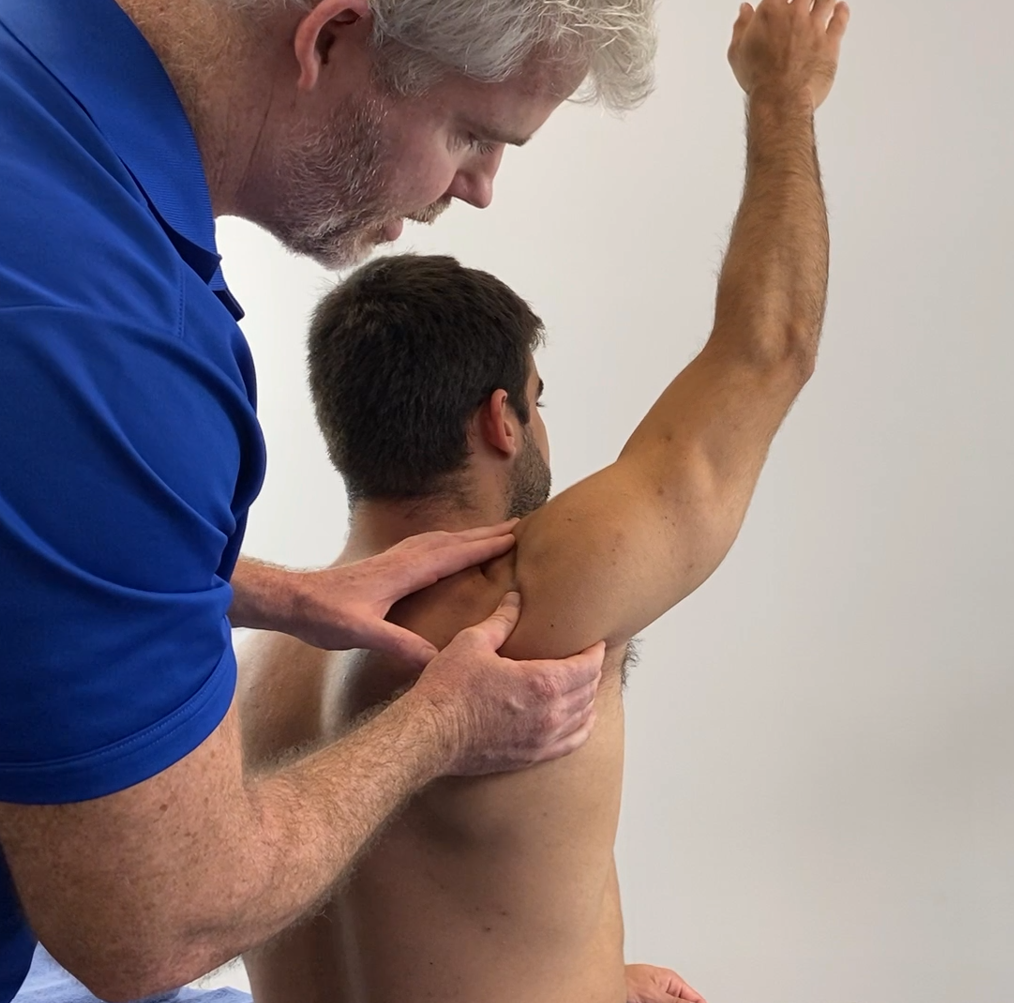Rotator Cuff Tears, Pain, and Tendinitis
What is the Rotator Cuff?
The rotator cuff is a group of muscles and tendons surrounding the shoulder joint, essential for stabilising the shoulder and enabling smooth movement.
Common Presentations
Shoulder pain, especially with overhead movements or reaching behind the back
Weakness or difficulty lifting the arm
Pain at rest or at night, particularly when lying on the affected shoulder
Limited shoulder mobility
Common Causes
Tendon inflammation (tendinopathy)
Partial or complete tears due to acute trauma or repetitive strain
Degenerative changes from normal aging or prolonged overuse
Unaccustomed loads and ergonomic issues
Prognosis
Mild to moderate rotator cuff injuries typically improve significantly with conservative management within weeks to months. More severe injuries, such as large tears, may require surgical consultation or intervention.
Rotator Cuff Tendinopathy
Inflammation or irritation of the tendons without a tear. Often caused by repetitive movements or strain.
Types of Rotator Cuff Injury
Partial Tears
A tear where the tendon is damaged but not completely severed, usually from acute trauma or chronic overuse.
Full Tears
Complete tear through the tendon, often resulting from significant trauma, chronic degeneration, or untreated smaller injuries.
Assessing Rotator Cuff Pain
Clinical assessment generally includes:
Detailed patient history, including injury mechanism and symptom progression
Physical examination of shoulder strength, mobility, and special orthopedic tests
Imaging studies such as ultrasound or MRI when clinically indicated
Evidence-Based Management
Current clinical guidelines recommend:
Exercise and Rehabilitation: Targeted strengthening, stretching, and mobility exercises supervised by healthcare professionals.
Manual Therapy: Techniques such as soft tissue mobilisation, joint mobilisation, dry needling/acupuncture.
Activity Modification: Education on avoiding aggravating activities and ergonomic adjustments.
Medication: Short-term use of analgesics or anti-inflammatories for symptom relief, following clinical guidelines.
Surgical Intervention: Indicated in significant full-thickness tears or when conservative management has failed.






